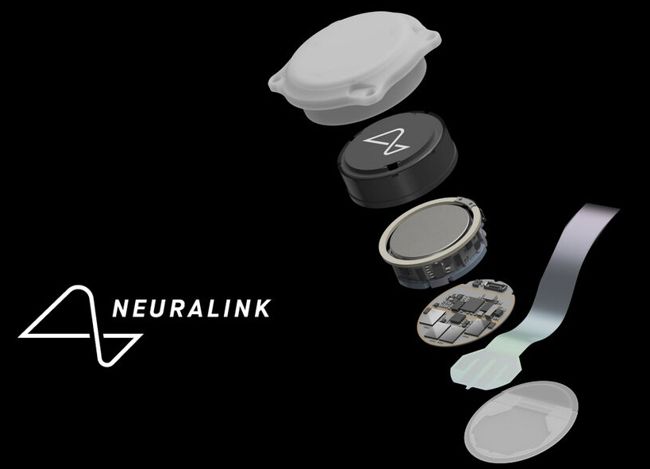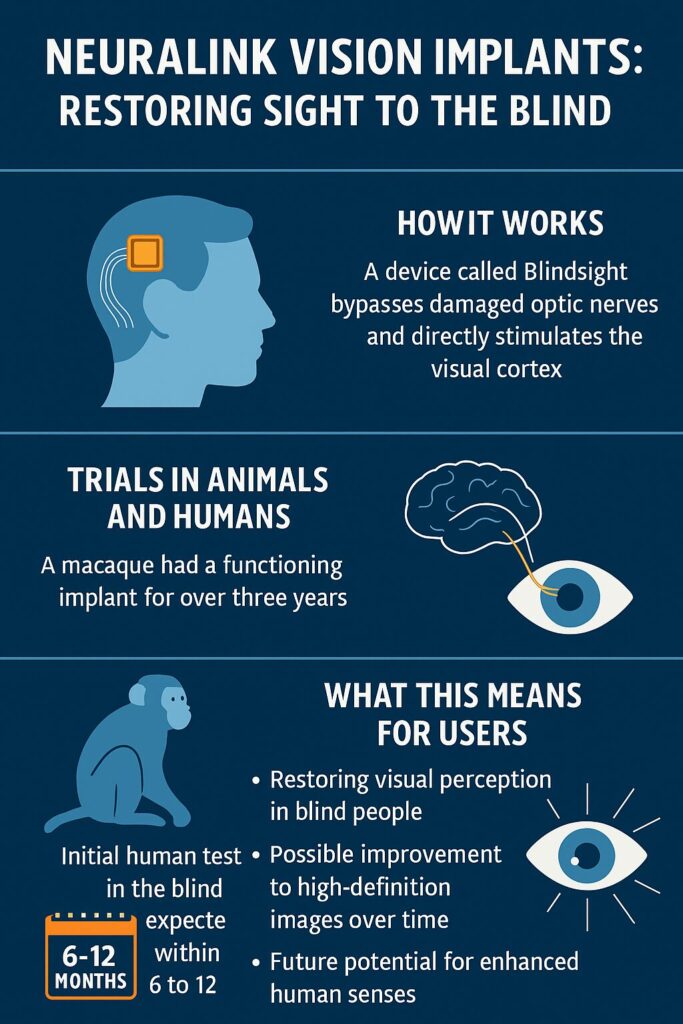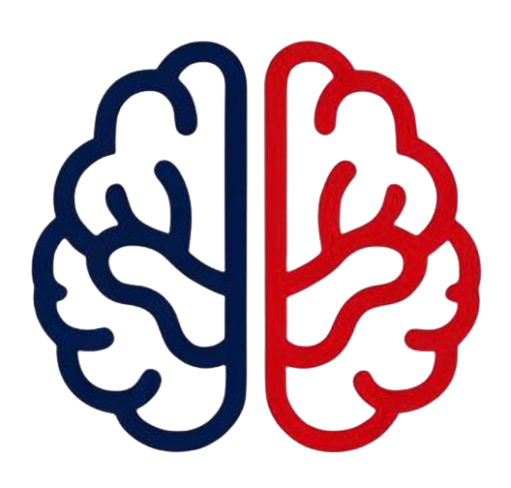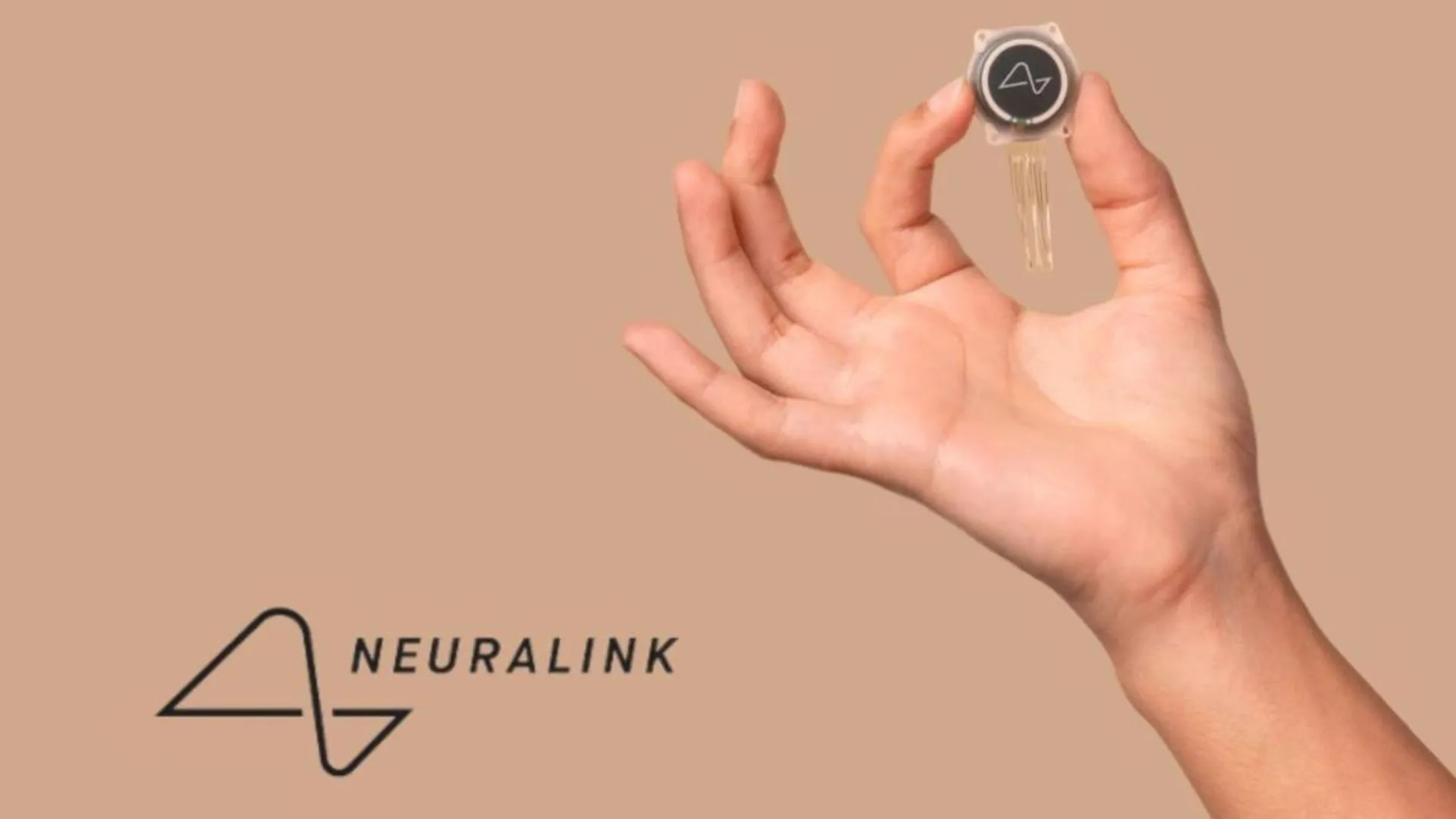Scientists are now turning what once felt like sci‑fi into reality: restoring vision for people born blind or who have lost sight. Neuralink, founded in 2016 by Elon Musk, is preparing to conduct its first human implants designed to restore visual perception within the next six to twelve months. This device is called Blindsight, an FDA‑designated breakthrough implant meant to bypass damaged optic nerves and directly stimulate the visual cortex, the brain area that processes sight.
Musumeci Online – The Podcast. It is perfect for driving, commuting, or waiting in line!
How It Works — Explained with Everyday Examples
Neuralink’s Blindsight implant uses tiny flexible threads—each thinner than a human hair—inserted using a surgical robotic device. These threads reach deep into the brain and deliver small electrical signals to recreate basic visual patterns in the cortex.
Think of it like painting with light pixels: early results are low resolution, similar to looking through a screen door or seeing a shadowy outline. But over time improvements in software and hardware could turn that into sharper, high‑definition imagery—or even ability to perceive infrared or ultraviolet, like seeing in eagle vision .
To put it in everyday terms: imagine recognising a friend from afar by their clothing color and shape, even if details are fuzzy. That’s the kind of sight early users might experience at first—but it’s enough to navigate hallways, identify objects, or recognize a face across a room.

Trials in Animals and Humans
Prior to human trials, monkeys were implanted with Blindsight devices. One macaque has had a functioning implant for over three years and was able to process visual signals via the brain implant. That animal continues to operate with the device intact—an early sign of long‑term stability.
Human trials have already begun for Neuralink’s earlier BCI chip called Telepathy, used to help people with paralysis control a computer by thought. The first human recipient, Noland Arbaugh, regained digital autonomy—playing games, controlling cursors, and designing 3D models—despite early technical hiccups such as retracted threads, which software updates later mitigated.

What This Means for Users Today
- Restoring Vision: For someone with complete blindness due to nerve damage, even limited vision could mean seeing light and dark, outlines, or shapes like doorways or faces. It opens up daily independence.
- Over Time: As more electrodes and refined algorithms are integrated, users may eventually experience richer visuals—colors, movement, and maybe the ability to detect invisible light spectrums like infrared or UV.
- Beyond Recovery: Musk and Neuralink envision future use beyond therapy—enhancing human senses, memory, even intelligence, enabling “super‑powers” such as multi‑wavelength vision. That would help humans keep pace as artificial intelligence evolves .
Everyday Metaphors to Bring Clarity
- Picture Resolution: Early-stage sight is like a very old TV screen—grainy, low pixel count, but enough to guess what’s happening. With updates, it can become like a modern HD display.
- Software Updates: Just as your smartphone gets better over time with updates, these implants can improve through patches that sharpen visuals or reduce noise.
- Robot‑Assisted Surgery: The implant is placed using a precise robotic system—similar to how a sewing machine places many tiny stitches—allowing hundreds of microscopic wires to be implanted quickly and safely
Why It Matters: Technology Meets Medicine
Neuralink sits at the nexus of neurotechnology, robotic surgery, artificial intelligence, and clinical medicine. It represents a growing field called brain‑computer interfaces (BCIs), which now includes dozens of clinical trials globally and fewer than 100 people with permanent brain implants—but that number is set to more than double within the year as new devices come to human testing.
These systems are already used to help patients with paralysis or ALS communicate and control digital tools using their minds alone. Vision implants mark the next frontier: directly helping restore a lost sense and improving quality of life in dramatic ways.


Leave a Reply